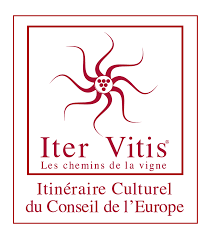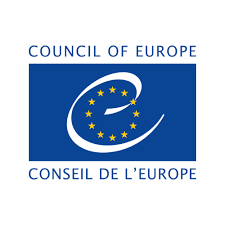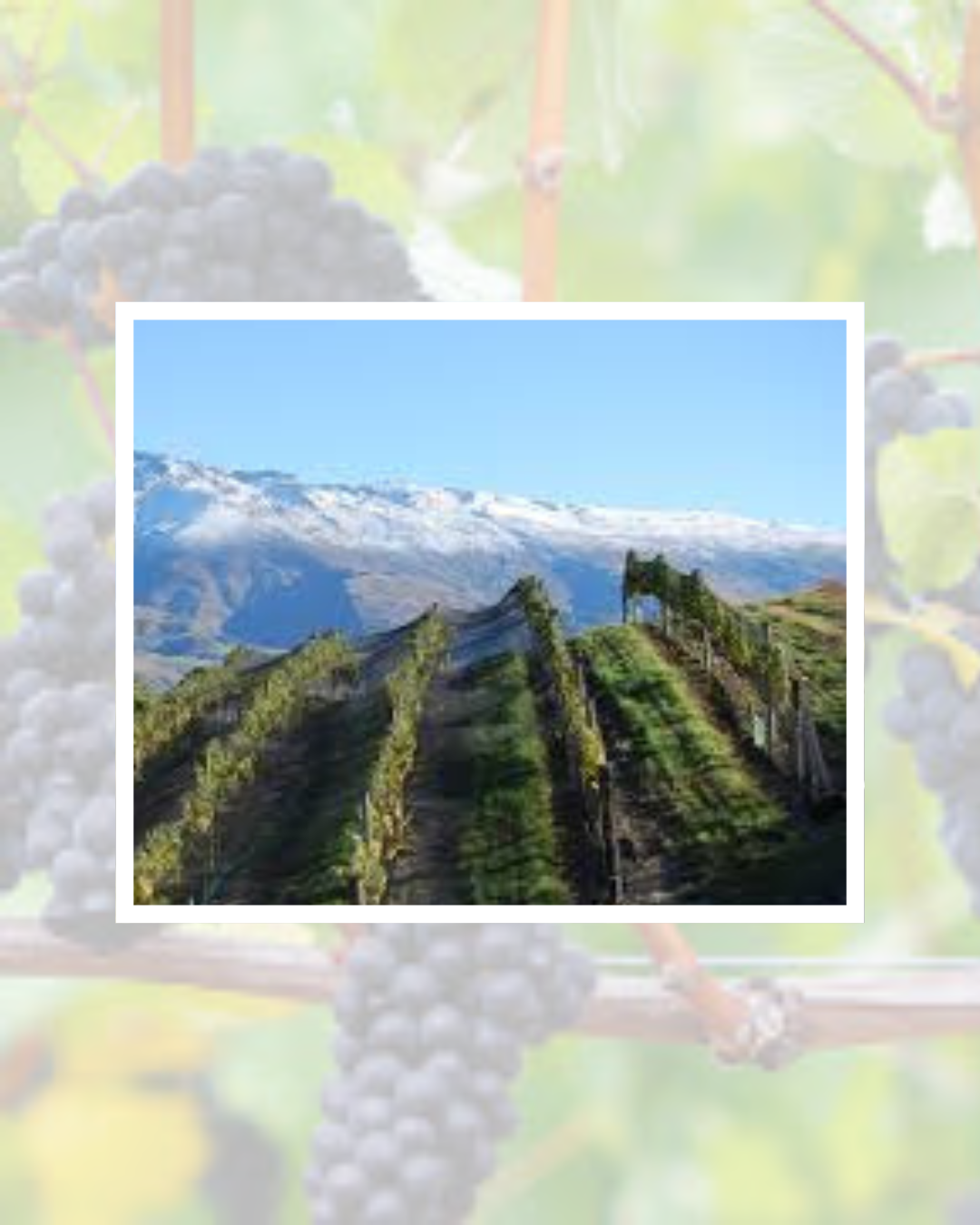TORONTO, Oct. 23, 2025 /CNW/ – Canadian-British wine journalist, award-winning author, and global influencer Liz Palmer has been honoured with the Best Wine Tourism Communication Award at the internationally recognized Iter Vitis Awards, part of the Council of Europe’s Cultural Routes Programme.


The ITER VITIS Conference, held last week in Thessaloniki, Greece, brought together leading global experts, institutions, and regional representatives to explore how wine tourism can drive sustainable, inclusive, and innovative growth across Europe.
Under the theme “Cultural Vine Tourism in Action: Iter Vitis Best Practices for a Greener, Inclusive, and Innovative Future,” the event celebrated the achievements of the Council of Europe’s Cultural Routes Programme and reaffirmed ITER VITIS’s mission to connect heritage, culture, and sustainability through the language of wine.
The 2025 ITER VITIS Awards Ceremony followed the conference, which honours outstanding achievements in wine tourism, sustainability, innovation and heritage preservation.
The award was presented to Liz Palmer at the Awards Ceremony on October 18, 2025, in Thessaloniki, Greece. Liz Palmer was among 17 international laureates recognized for advancing the preservation of vine and wine heritage and promoting sustainable wine tourism aligned with the Council of Europe’s democratic and cultural values.
Other 2025 laureates included:
- Best Wine Museum: Hameau Duboeuf, France
- Best Wine Tourism Event: L’Aperitif du Patrimoine, France
- Special Award for Safeguarding Ancient Grapes: Dario Gaspar, Croatia
- Best Sustainable Wine Tourism Destination: Huelva, Spain
- Best Wine Route: Strada del Vino Marsala, Italy – For revitalizing a historic wine region through coordinated governance, storytelling, and quality standards
- Best Cooperation Project – International Route of Vermut (Italy / France/ Spain) – For promoting cross-border collaboration and cultural exchange through a shared Mediterranean tradition… and more, celebrating innovation, heritage, and community across global wine regions.
“I am deeply honoured to receive this award from such a respected international organization,” says Liz Palmer. “Promoting the cultural, historical, and sustainable aspects of wine tourism is central to my work, and it is gratifying to see these values recognized on a global stage.”
About Liz Palmer
Liz Palmer is a globally recognized wine authority, award-winning author, and influential journalist, shaping the narrative of wine and spirits since 2004. A seasoned judge and digital marketing expert, she blends expertise with innovation to elevate wine tourism and brand storytelling worldwide.
Named among the Top Global Wine Influencers of 2025 and ranked in the Top 20 Social Media Influencers in wine and spirits, Palmer also sits within the Top 1% of LinkedIn’s Industry SSI. Her accolades include the ITER VITIS Award for Best Communication Tool (2025), Dame Chevalier of the Ordre des Coteaux de Champagne, and Keynote Speaker at the UN Tourism Global Conference on Wine Tourism (2024). She serves as Vice President of FIJEV and has judged the World’s Best Vineyards and Canadian Marketing Awards.
Palmer is also the author of the acclaimed The Ultimate Guide to Champagne and has contributed to international wine media for over two decades. She has served as a keynote speaker at global wine tourism conferences, judged international competitions, and actively promotes sustainable wine tourism worldwide. Her work bridges the gap between wine culture, heritage preservation, and the modern digital media landscape.
About Iter Vitis
The Iter Vitis Cultural Route, part of the Council of Europe’s Cultural Routes Programme, connects and promotes wine regions across Europe with deep historical and cultural significance. It fosters cultural exchange, heritage preservation, and sustainable tourism through collaborative initiatives. Since 2018, the Iter Vitis Awards have recognized public and private entities for outstanding contributions to preserving vine and wine heritage.
Website: https://itervitis.eu
SOURCE Liz Palmer Media Group Inc.
Media Contact: liz@liz-palmer.com





